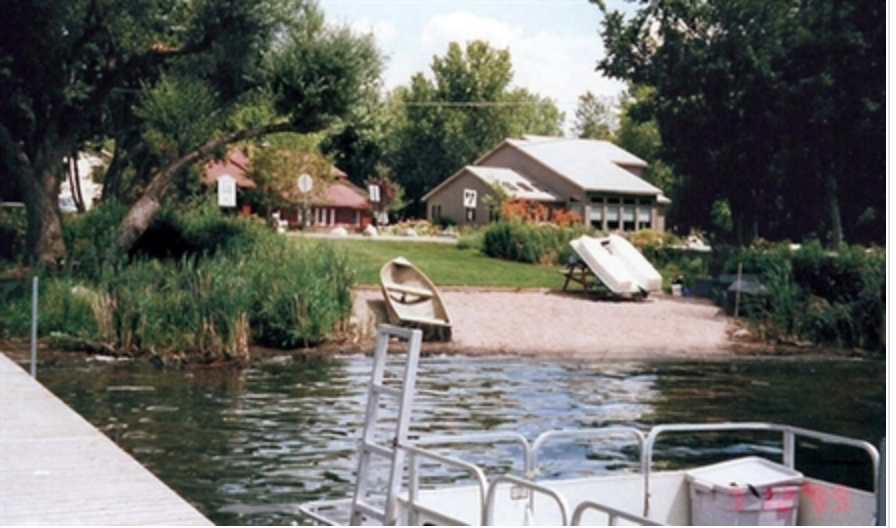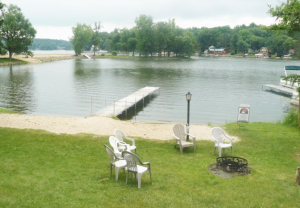
Beach sanding is a term which describes a shoreline practice that creates an artificial “sandy beach” in a place where it does not naturally occur.
A recent national study by the Environmental Protection Agency on inland lakes showed that the number one thing that protects lakes from water quality decline is to have natural shorelines. Plants that grow in the buffer zone along the shore absorb harmful nutrients before they get into the water. Making artificial beaches will only stimulate the decline of water quality of Glen Lake over time.
Beach sanding happens either when riparians add sand to their property or they remove shoreline plants in the buffer zone to expose existing sand, or both. The best practice is to not create artificial beaches where they do not naturally occur.
 Once an artificial beach has been created, there will be maintenance issues. Erosion of the applied sand may occur and what some consider “weeds” will be a continual challenge to the artificial beach. It is strongly recommended that you NOT apply weed killers to your beach in the attempt to try and control unwanted plant growth.
Once an artificial beach has been created, there will be maintenance issues. Erosion of the applied sand may occur and what some consider “weeds” will be a continual challenge to the artificial beach. It is strongly recommended that you NOT apply weed killers to your beach in the attempt to try and control unwanted plant growth.
If you would like to restore your shoreline to its natural state, please contact the Glen Lake Association.
Recent Comments